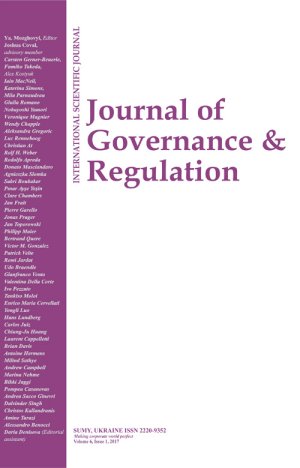
SURVEY OF CREDIT RISK MODELS IN RELATION TO CAPITAL ADEQUACY FRAMEWORK FOR FINANCIAL INSTITUTIONS
Download This Article
This work is licensed under a Creative Commons Attribution-NonCommercial 4.0 International License.
Abstract
This article (i) iterates what is meant by credit risks and the mathematical-statistical modelling thereof, (ii) elaborates the conceptual and technical links between credit risk modelling and capital adequacy framework for financial institutions, particularly as per the New Capital Accord (Basel II)’s Internal Ratings-Based (IRB) approach, (iii) proffer a simple and intuitive taxonomy on contemporary credit risk modelling methodologies, and (iv) discuses in some details a number of key models pertinent, in various stages of development, to various application areas in the banking and financial sector.
Keywords: Credit Risk, Default Probability, Capital Adequacy Framework, Credit Derivatives, Rating Transition, Default (Asset Value) Process/Intensity Models, Linear/Nonlinear Discriminant Analysis, Loss Distribution, Quantitative Modelling
How to cite this paper: Nacaskul, P. (2016). Survey of credit risk models in relation to capital adequacy framework for financial institutions. Journal of Governance and Regulation, 5(4), 68-84. https://doi.org/10.22495/jgr_v5_i4_p6



















